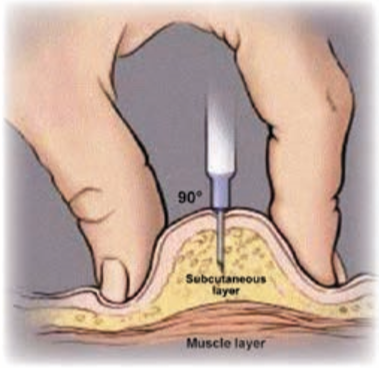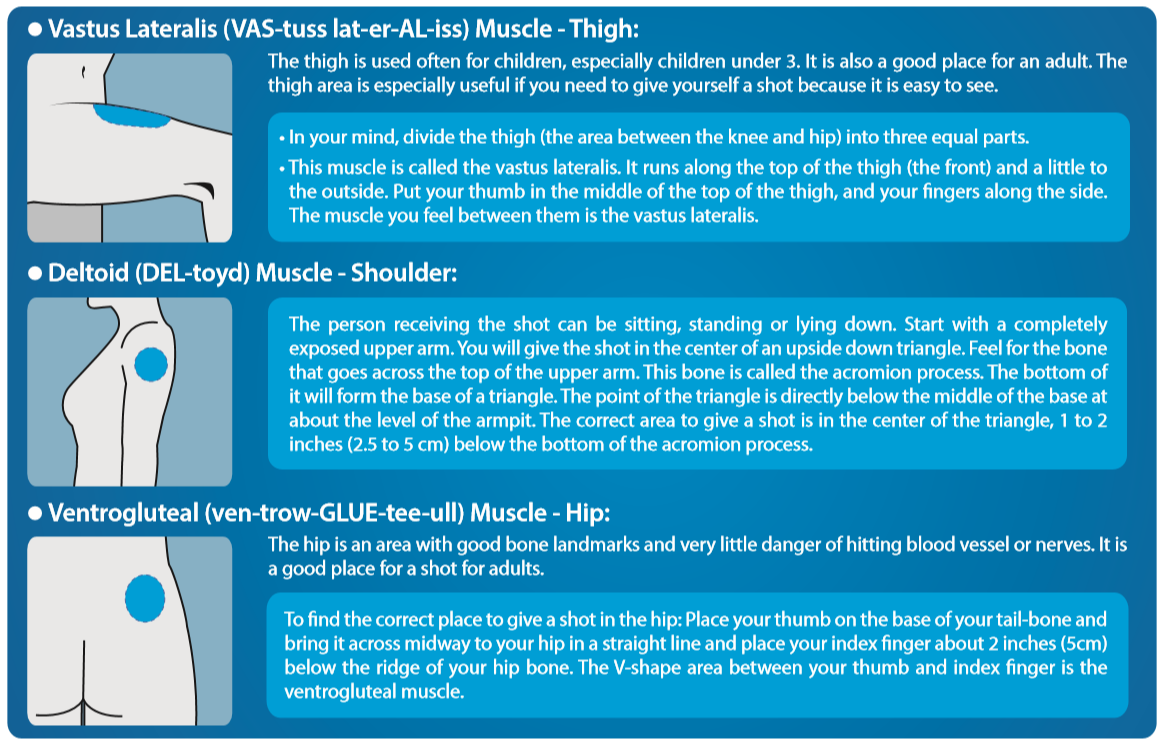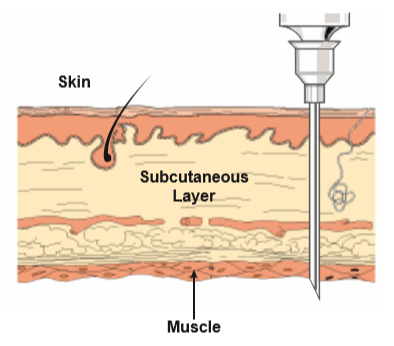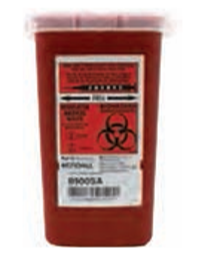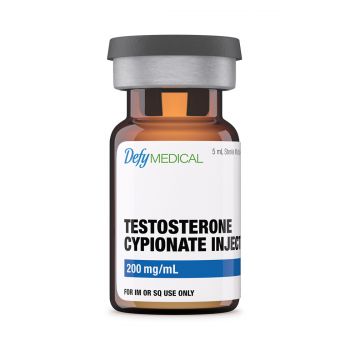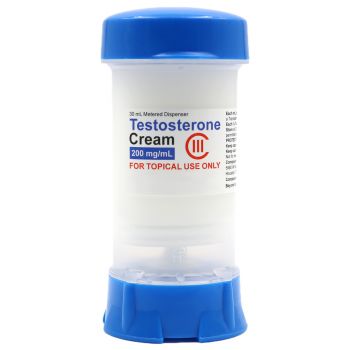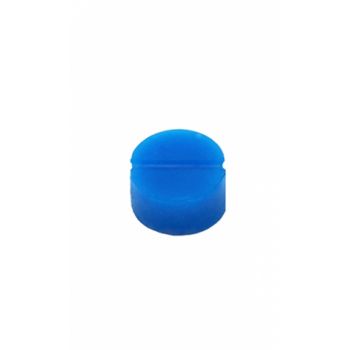Testosterone Cypionate 100mg/mL (Grapeseed Oil), 5mL
Testosterone is the primary androgen in the body that controls growth, development, and function of male sexual organs and characteristics

Testosterone is the primary androgen in the body that controls growth, development, and function of male sexual organs and characteristics. This is a controlled medication, commonly prescribed for the treatment of low testosterone levels in males (hypogonadism) who do not produce enough natural testosterone. Testosterone Cypionate is an injectable compound that is slow-acting, a long-ester, and oil-based. Injected intramuscularly or subcutaneously (needles/syringes purchased separately).
| Pharmacy | Hallandale |
|---|---|
| Instructions | Testosterone Cypionate 100mg/mL (Grapeseed Oil), 5mL Topics
Videos
Patient Instructions This compounded medication is packaged as a single 5mL vial. All testosterone types are suspended in USP oil. Testosterone cypionate in grapeseed oil is commonly preferred for subcutaneous injections due to low viscosity of grapeseed oil compared to other common oils. Grapeseed oil reportedly causes less irritation than commercial cottonseed oil. Testosterone cypionate and enanthate are the most common esters prescribed in the US. Both esters became available for use during the 1950s and have been the most popular options for injection therapy since. Both are similar in release and require a minimum of one injection per week to maintain serum testosterone levels. Cypionate and enanthate can be administered in more frequent subcutaneous injections (2-3 injections per week) which is preferred by some patients who want more stable levels with fewer peaks.Testosterone cypionate releases testosterone over 8 days with small amounts remaining for up to two weeks. Injections are usually administered every 3-4 days or every 7 days. What items do I need to give a shot?
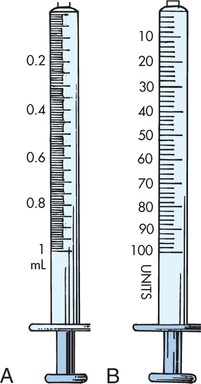
Subcutaneous shots can be given straight in at a 90-degree angle, or at a 45-degree angle. You can give the shot at a 90-degree angle if 2 inches of skin can be grasped between your thumb and first (index) finger. If only 1 inch of skin can be grasped, give the shot at a 45-degree angle
Where can I give a subcutaneous shot? There are many sites on the body that are safe to give Subcutaneous shots.
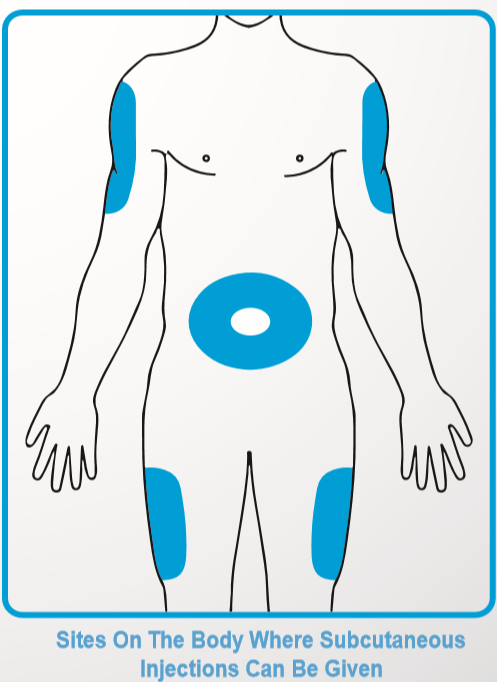 How do I inject medication into subcutaneous tissue?
Where can I give an intramuscular shot? The skin and the muscles under the skin cover nerves, blood vessels and bones. It is important to give a shot where you will not hurt any of these body parts. There are 6 possible areas, 3 on each side of the body, where an Intramuscular (IM) shot can be given. It is important to choose the correct area. If caregivers showed you what areas are safe, follow their directions. Constantly change the area where you give shots. If you give a shot in the same place every day or even every week, scar tissue can build up. The scar tissue can negatively affect how the medication will work. Following this information will help you choose the safest areas to give an intramuscular injection.
How do I choose the best muscle for the shot? If your caregivers have told you which muscle to use, follow their directions. Many change with age. For example, the rear-end area is never used for infants or children under 3-years old because it is not developed well enough. The deltoid may work well for a person with developed muscles in the upper body. The deltoid cannot be used if that area is very thin or underused. The muscle must be easy to reach. How do I inject medication into a muscle?
How do I dispose of used syringes and needles? You can purchase a Sharps Container, a hard-plastic container made for used syringes and needles, at your local pharmacy. If you did not purchase this container with your medication, you can use a hard-plastic container with a screw-on top such as a clothing softener or hard plastic detergent bottle. Be sure you can put both the syringe and the needle into the container easily. Whatever container you choose, be sure needles cannot break through the sides, bottom or top. Call your primary care physician or your local pharmacy to find out what your state or local requirements are for disposing of used syringes and needles.
DO NOT REFRIGERATE. Store Testosterone Cypionate at room temperature. Storage at low temperatures may result in the separation or “crystallization” of the testosterone within the solution. Injecting testosterone which has been separated may result in pain and swelling at the site of injection which may persist until the testosterone is completely absorbed from the site. If you reside in a state with seasonal low temperatures and we shipped your testosterone through mail; please be aware that separation may have occurred, although it may not be visible to you. To re-dissolve the testosterone: Place the vial into hot water for at least 5 minutes prior to injection and INJECT SLOWLY. You may boil water at a low temperature or use hot water directly from the faucet. Be careful not to touch the glass vial until it has cooled off after being placed in the hot water. This only needs to be done if the vial has been stored and/or exposed to low temperatures for a period of time, not prior to every injection if the vial is properly stored at room temperature. Reasons Why Patients Run Out of Testosterone Cypionate Early
Where does the unavoidable loss occur?
Compounding pharmacies intentionally overfill the injectable vials by as much as 1mL to compensate for unavoidable loss. What are the benefits of using a smaller syringe?
Please review proper drawing and administration techniques above as overdrawing just a small amount of testosterone at each injection has been shown to result in the loss of 1 milliliter or more per injection.
Testosterone is a controlled substance which is refillable 3 -7 days prior to being due, depending on the pharmacy. Defy Medical sends automated recall reminders to patients two weeks prior to their refill date for any medication (including controlled substances) to allow ample time for contact, order submission, provider review, pharmacy distribution, and shipment. Videos |

